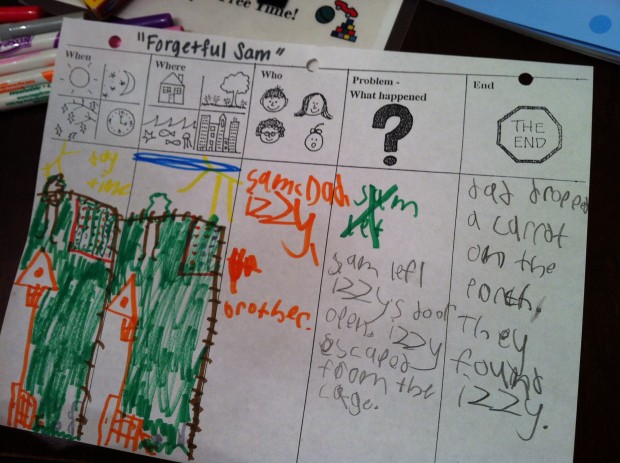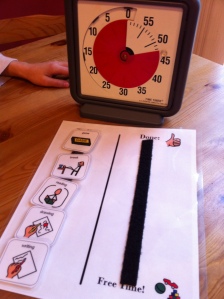This past weekend I joined a group of moms from Southern California to run a 205-mile relay from San Francisco to Napa, California. The promise of wine-tasting and 48 hours of family-free time was enough to get me to agree to something so crazy. Our team name was R.I.O.T. Moms, with the acronym for “Running Is Our Therapy” a fitting description for how exercise and outdoor time can rejuvenate even the weariest of parents.
The past couple of months have reaffirmed my own parenting journey. My husband and I sold our house in the Pacific Northwest, closed up shop on our jobs, and headed south with kids and dog in tow to relocate to the San Francisco Bay Area. The promise of good weather and time to focus on family was all we needed to make the jump to a new adventure. Throughout this transition, which included my oldest starting kindergarten, my kids have been relying on each other and my husband and I in new ways. Amidst the uncertainty they often look to mom and dad for stability, and that trust can be both reassuring and draining. I’ve been practicing some meditation techniques, channeling my inner calm, so when the chaos threatens to take over – one child is crying, another is telling a loud story, the dog is barking, the dinner on the stove boiling over – I can take a deep breath and keep my core calm and regulated.
Children feed off our nerves. A child who easily becomes dysregulated is looking for outside sources of strength to bump up against. Sometimes, this is figurative – needing a calm presence to reflect back to them the way to cope with a situation. And sometimes they actually ARE bumping into things – crashing into you, into their sibling, hitting walls, or tripping over their own feet – to seek some sort of barrier or boundary to the chaos coursing through them. How we react – kneeling down, modeling deep breaths and quiet words, giving hugs and pressure squeezes when needed, reflecting their emotions with words and simple phrases – can mean continued shouting and tears, or a de-escalation of the situation.
Running a relay takes you on beautiful trails through the woods, winding streets coursing through quaint little towns, and hot, gravely highways with semi-trucks roaring past. I have a hard time on those highways, thinking I have little shoulder to run on, my footing irregular and my temperature rising. The sound from the trucks can be overwhelming, moving me to frustrated tears if I let it. A dysregulated child feels the same. Senses on overload, fear of the unknown driving action, uncertainty of how to proceed. For many of our children, being unable to get the train pieces to fit together, or an incessantly itchy tag bothering their neck, is all that is needed to get on that chaotic highway.
I worked on my meditation techniques during those miles. The face of calm on the inside. Ironic, since I probably looked a hot mess on the outside. Breathing, keeping my blood pressure at a steady state. Visualizing my end goal and the steps to get there. Using my thoughts and words to channel chaotic emotions. These all mirror many of the strategies we use with children to help them regulate their bodies. Self-soothing strategies are lifelong lessons we can teach, to deal with frustration, chaos, and situations outside of our control. Check out more links below to strategies you can use at home…
And a big “thank you” to my fellow RIOT Moms, who persevered with me! 205 miles ain’t got nothing on us!












